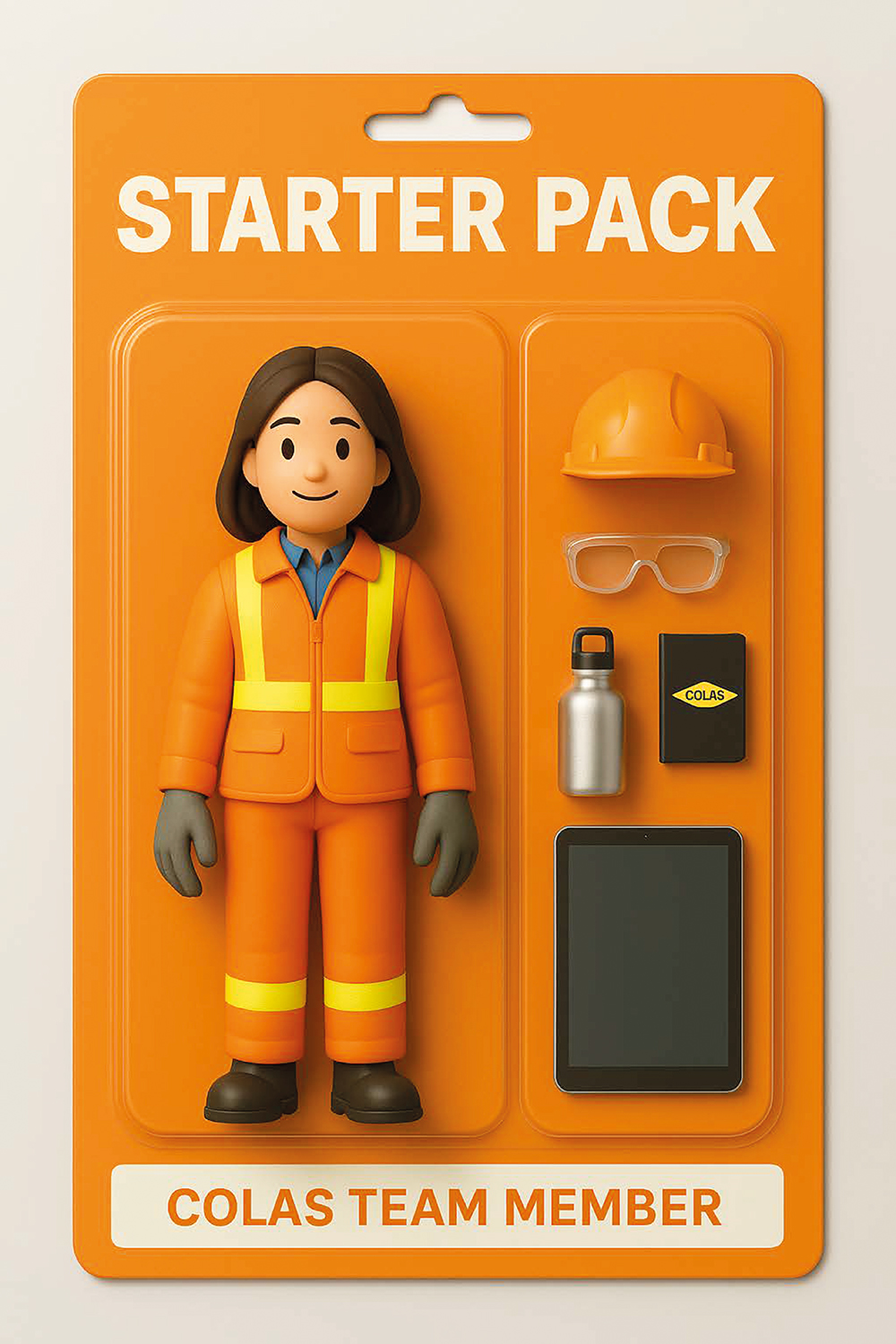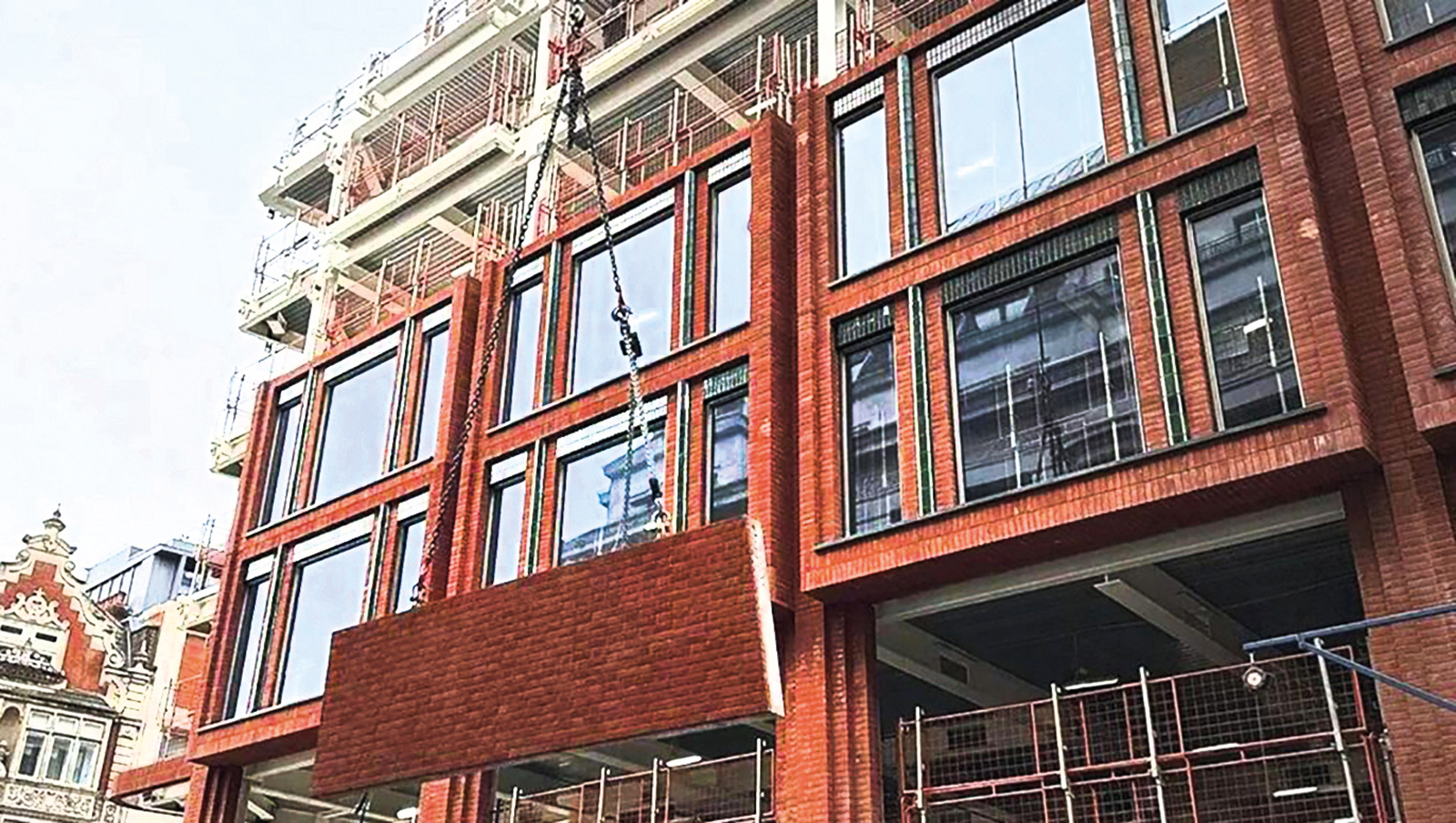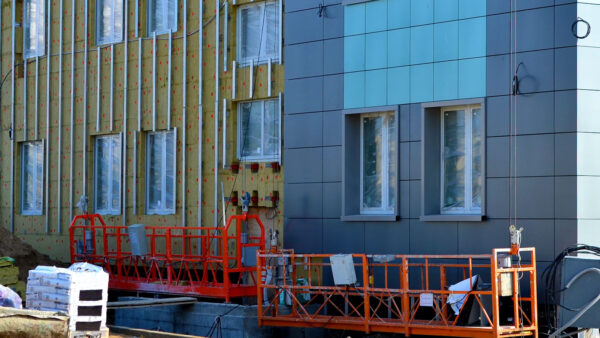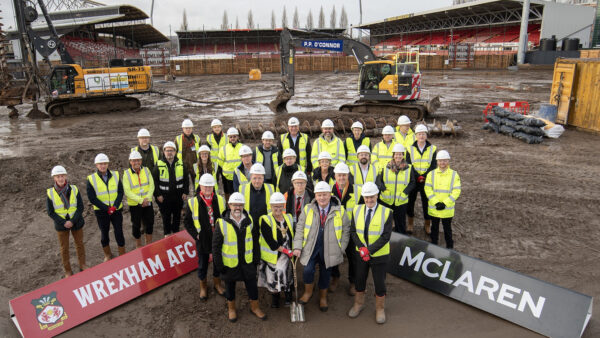A round-up of the most impressive construction pictures from the past month.

Historic pier brought back to life
Civils contractor Octavius has completed a nine-month programme of critical repairs to Ryde Pier on the Isle of Wight, the oldest pier in the UK.
The £11.5m project included a complete refurbishment of all of the pier’s track-related infrastructure and replacement of the entire signalling system.

Autonomous quarry plant
Building materials manufacturer Holcim has trialled AI-powered quarry plant over two days at the company’s Lee Moor sand and gravel quarry.
A 23-tonne Develon crawler excavator fitted with autonomous technology from Swiss startup Gravis Robotics averaged 133 cycles an hour, shifting 1,500 tonnes of material daily, with a 99% accuracy and minimal spillage.

Skilled excellence
A coppersmith has used specialised skills and craftsmanship to restore two spires of a London chapel being converted into a residence. Multi-disciplinary firm Earl Kendrick was involved in a monitoring role, checking quality, progress and compliance under a licence to alter.

Colas ‘starter pack’
LinkedIn users have been employing OpenAI’s GPT-4o image generator to produce personalised ‘starter packs’ of professional action figures. The AI tool creates them from photos uploaded by the user with a specific prompt.
The trend, which began on TikTok and X, spread across LinkedIn and has been used by construction firms, including Bouygues Group’s subsidiary Colas.

Brick slip-clad precast facade
Wates has installed brick-concrete hybrid panels weighing up to 20 tonnes at its Ribbon project in London’s Oxford Street. Wates is the main contractor of the £80m development, which will include shops, offices and a basement nightclub. Completion is expected this year.

Mammoth task
Dutch heavy lifting firm Mammoet used its Mega Jack system, designed to push exceptionally big structures, to jack each of the three bridge sections – each measuring over 120 metres – of the new Portal North Bridge used by trains linking Newark, New Jersey and New York.
The sections were then positioned using tugboats and winches before being lowered into place onto their columns.










